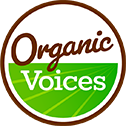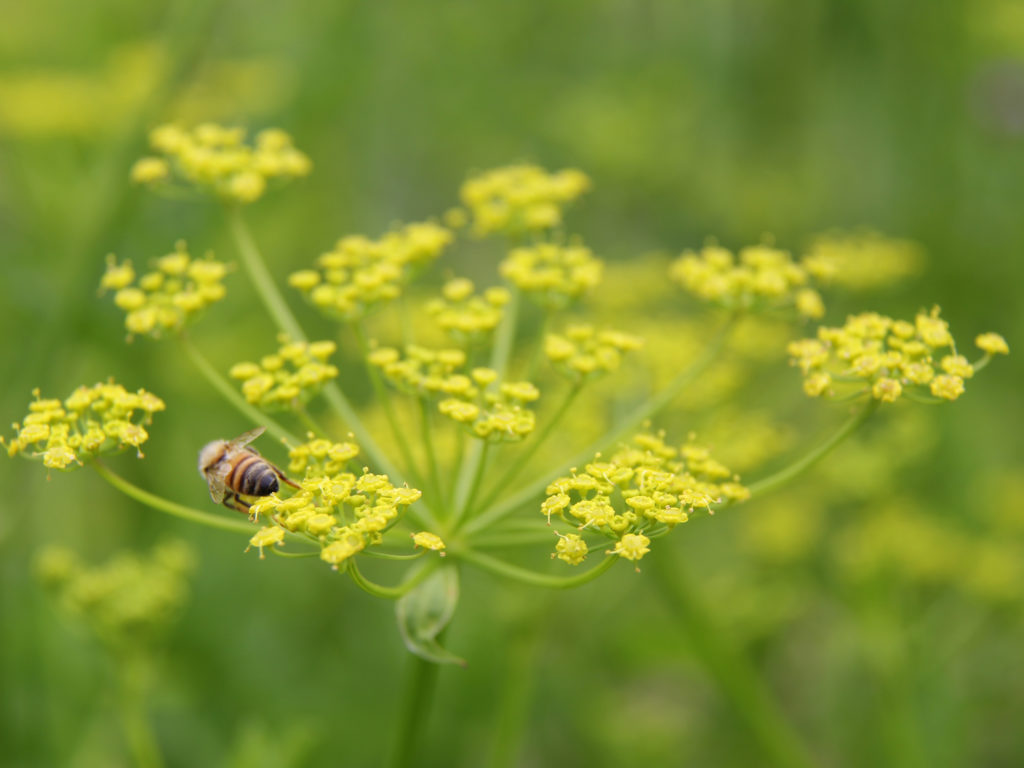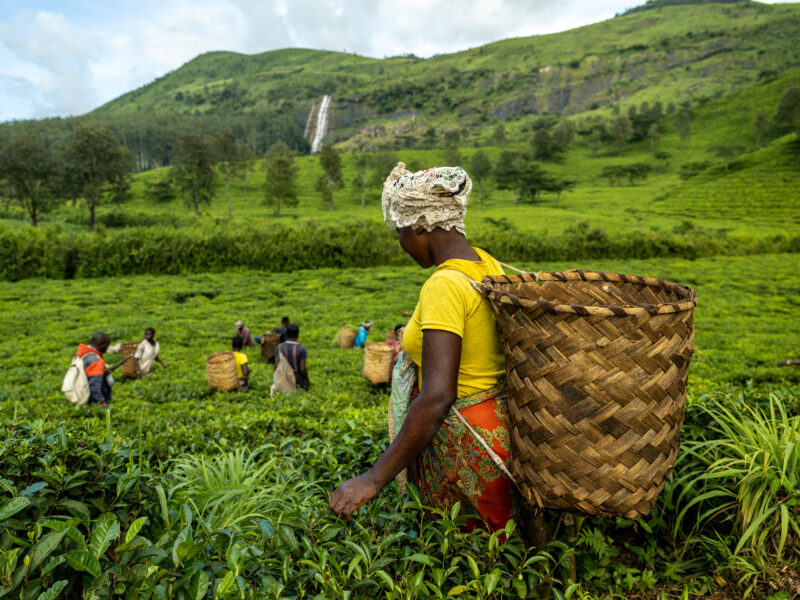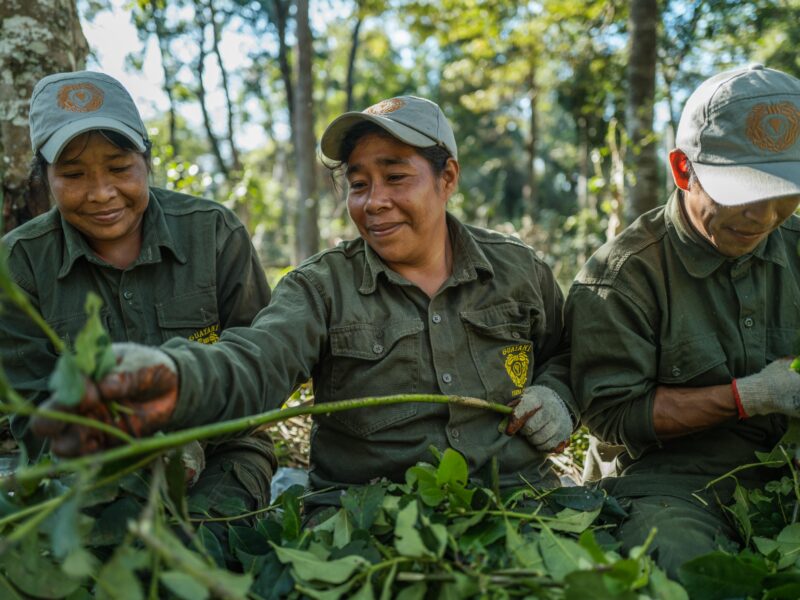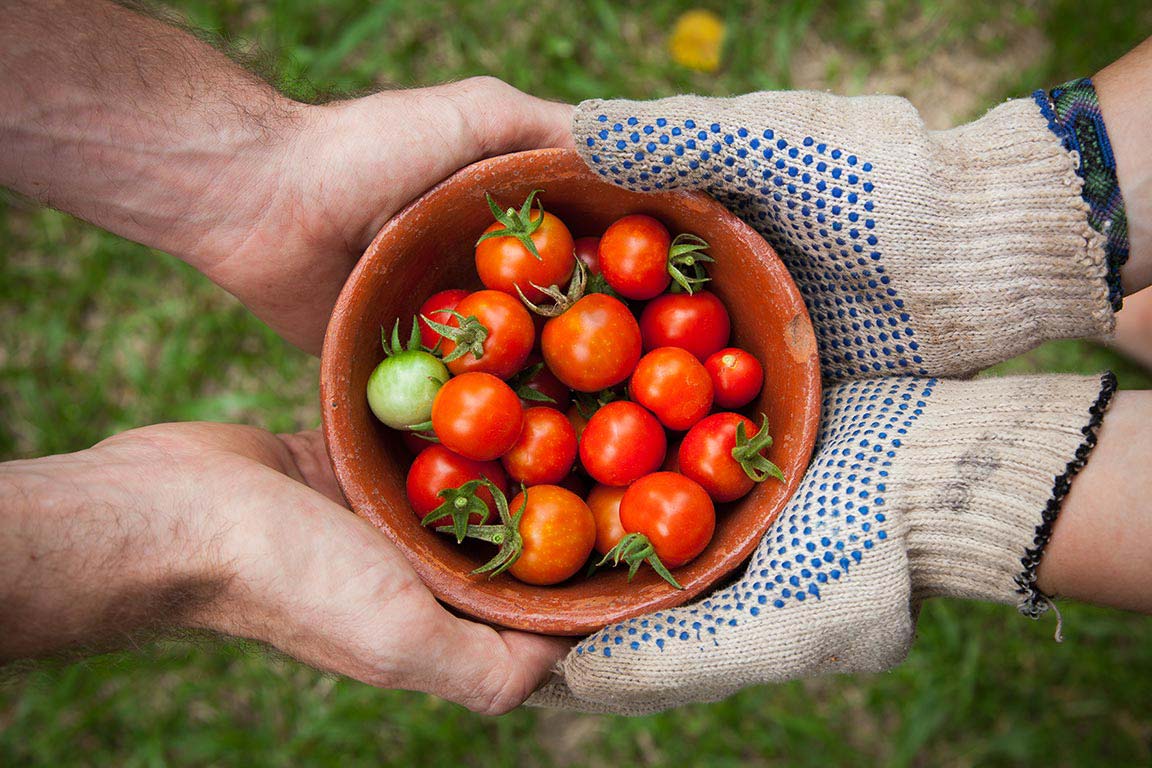You see the labels out there – organic, cage-free, natural – but what do they actually mean? The Chicago Tribune explores how to be smarter about buying organic produce. Also in the news, declines in bee populations around the world have been widely reported over the past several decades. A new study shows wild bees are also disappearing. Wild bees share thousands of abandoned lots with urban farms and beekeepers. Detroit is home to a healthy population of bees, both wild and domestic, and is putting those pollinators to work. Also in the news, a recent study published in the Journal of Cleaner Production used U.S. state-level data collected from 1997 to 2010 to better understand how organic farming affects greenhouse gas emissions. Researchers found that a 1 percent increase in organic acreage in the U.S. could reduce greenhouse gas emissions by 0.049 percent. A new documentary, “Eating Animals,” narrated by award-winning actress Natalie Portman, explores the economic, environmental and health impacts of factory farming, and its effects on small farmers, consumers and animals. A new study published in Environmental Geochemistry and Health has found that waterbirds from Central China are contaminated with pesticides. A spike in organic farm acreage in Manitoba is a sign the industry is maturing and strengthening, the Manitoba Organic Alliance says. Organic acreage jumped by 20,000 acres to 112,000 acres in 2016, surpassing the industry’s previous high established in 2008, according to the Organic Agriculture in the Prairies 2016 survey.
Organic farming can reduce greenhouse gas emissions
A recent study published in the Journal of Cleaner Production used U.S. state level data collected from 1997 – 2010 to better understand how organic farming affects greenhouse gas emissions. Researchers found that a one percent increase in organic acreage in the U.S. could reduce greenhouse gas emissions by .049%. “The current study provides evidence supporting potential GHG mitigation benefits associated with organic food production. Policymakers and scientists can build on these results to further develop the evidence base and policies needed to quantify and maximize the benefits of adopting organic farming practices,” they concluded.
Pesticide contamination in birds in China
A new study published in Environmental Geochemistry and Health has found that waterbirds from Central China are contaminated with pesticides. Researchers tested for twenty-one organochlorine pesticides in the muscles of six common waterbird species. DDTs, which are now banned, were the most prevalent pesticide found, suggesting that residues from historical use were the source of contamination. The pesticide heptachlor was also found in the muscles of ducks at levels high enough to pose a potential risk to humans consuming them. Learn more from The Organic Center.
Beyond Honey Bees: Wild Bees Are Also Key Pollinators, and Some Species Are Disappearing
Declines in bee populations around the world have been widely reported over the past several decades. Much attention has focused on honey bees, which commercial beekeepers transport all over the U.S. to pollinate crops.
Organic farming growing in Manitoba
A spike in organic farm acreage in Manitoba is a sign the industry is maturing and strengthening, the Manitoba Organic Alliance says. Organic acreage jumped by 20,000 acres to 112,000 acres in 2016, surpassing the industry’s previous high established in 2008, according to the Organic Agriculture in the Prairies 2016 survey.
How to be smarter about buying organic
You see the labels out there — organic, cage-free, natural — but what does it all mean? If you’re trying to make better shopping choices for the environment by choosing “greener” or ethically made products, you’re going to be bombarded by dozens of labels purporting to measure up to a certain standard, and probably charging more money for the goods.
Detroit’s Newest Industrial Workers: Bees
The buzz about Detroit has been its resurgent development. Historic buildings are being renovated into bars and hotels as new stadiums rise along Woodward Avenue, the city’s central corridor. But there’s a literal buzz as well: Detroit is home to a healthy population of bees, both wild and domestic.
